

In quotes is a good response from ChatGPT on the matter, she did not discover the greenhouse effect, only the absorption of energy.
Her experiment on it’s own would support a cooling effect (she showed that CO2 absorbs solar radiation, not the greenhouse effect (which is based on the absorption of outgoing infrared radiation):
If carbon dioxide (CO2) simply absorbed energy, including sunlight, without re-emitting it, it could lead to cooling at the Earth’s surface. This is because the absorbed energy would not be radiated back to the surface, resulting in a net loss of energy from the Earth-atmosphere system.
Greenhouse effect described:
However, in the context of the greenhouse effect, CO2 (and other greenhouse gases) not only absorb incoming solar radiation but also absorb and re-emit infrared (IR) radiation emitted by the Earth’s surface. This process traps some of the outgoing IR radiation, preventing it from escaping into space and thereby warming the Earth’s surface and lower atmosphere. This trapping of IR radiation is what contributes to the warming effect known as the greenhouse effect.



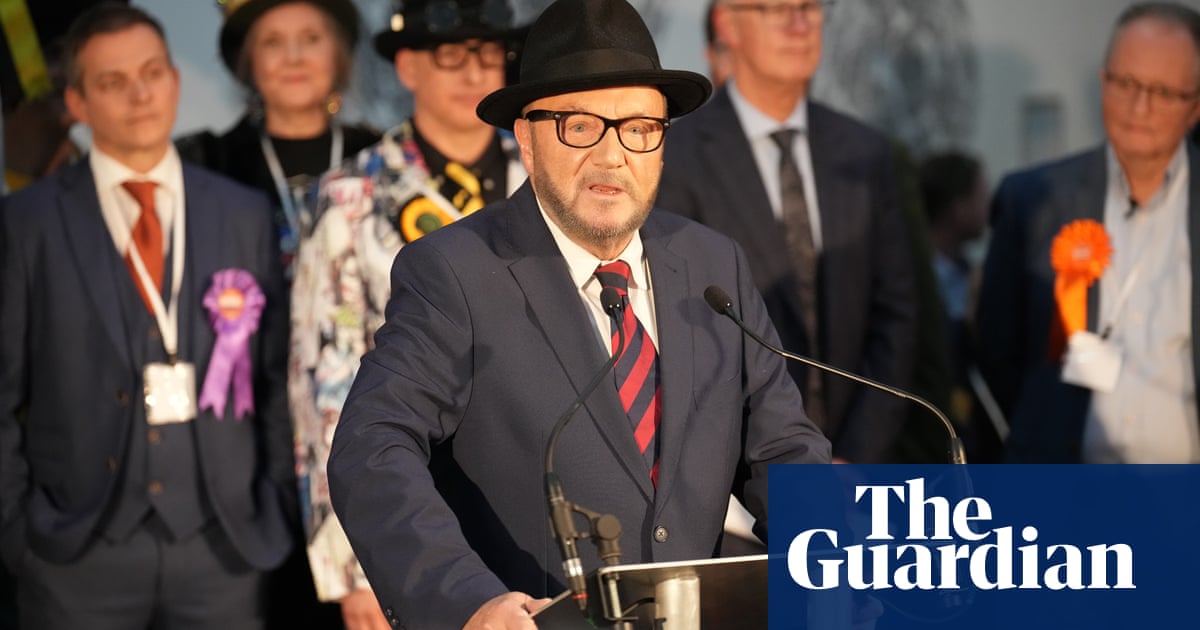
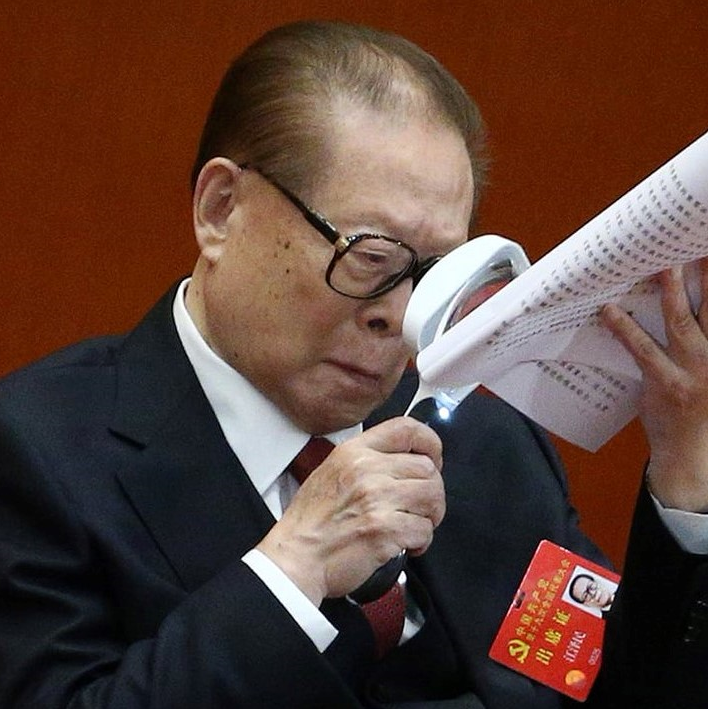

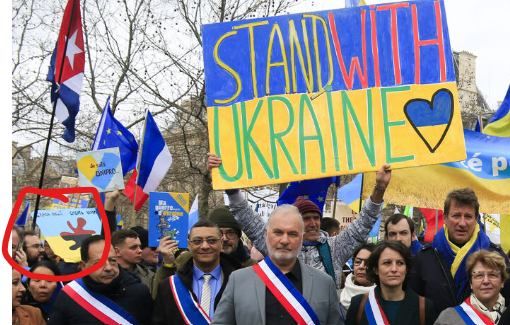

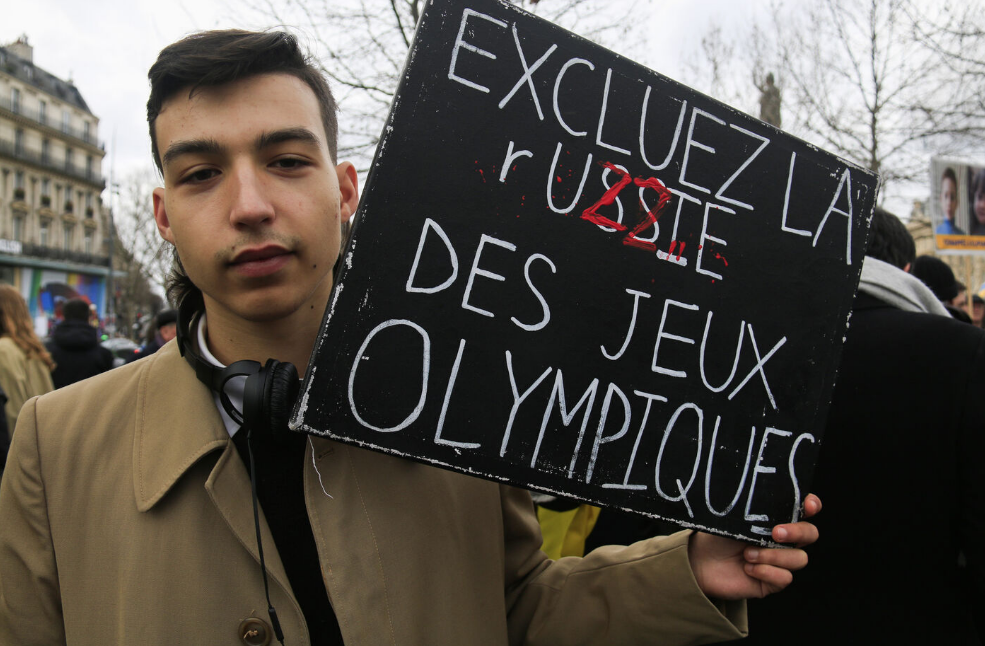
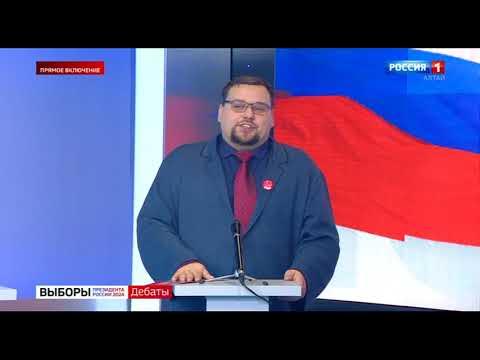
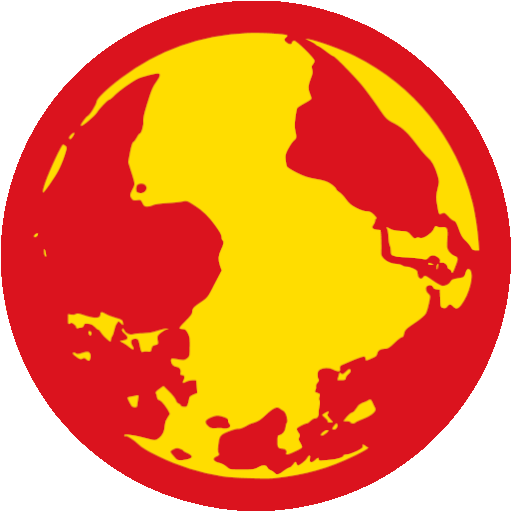

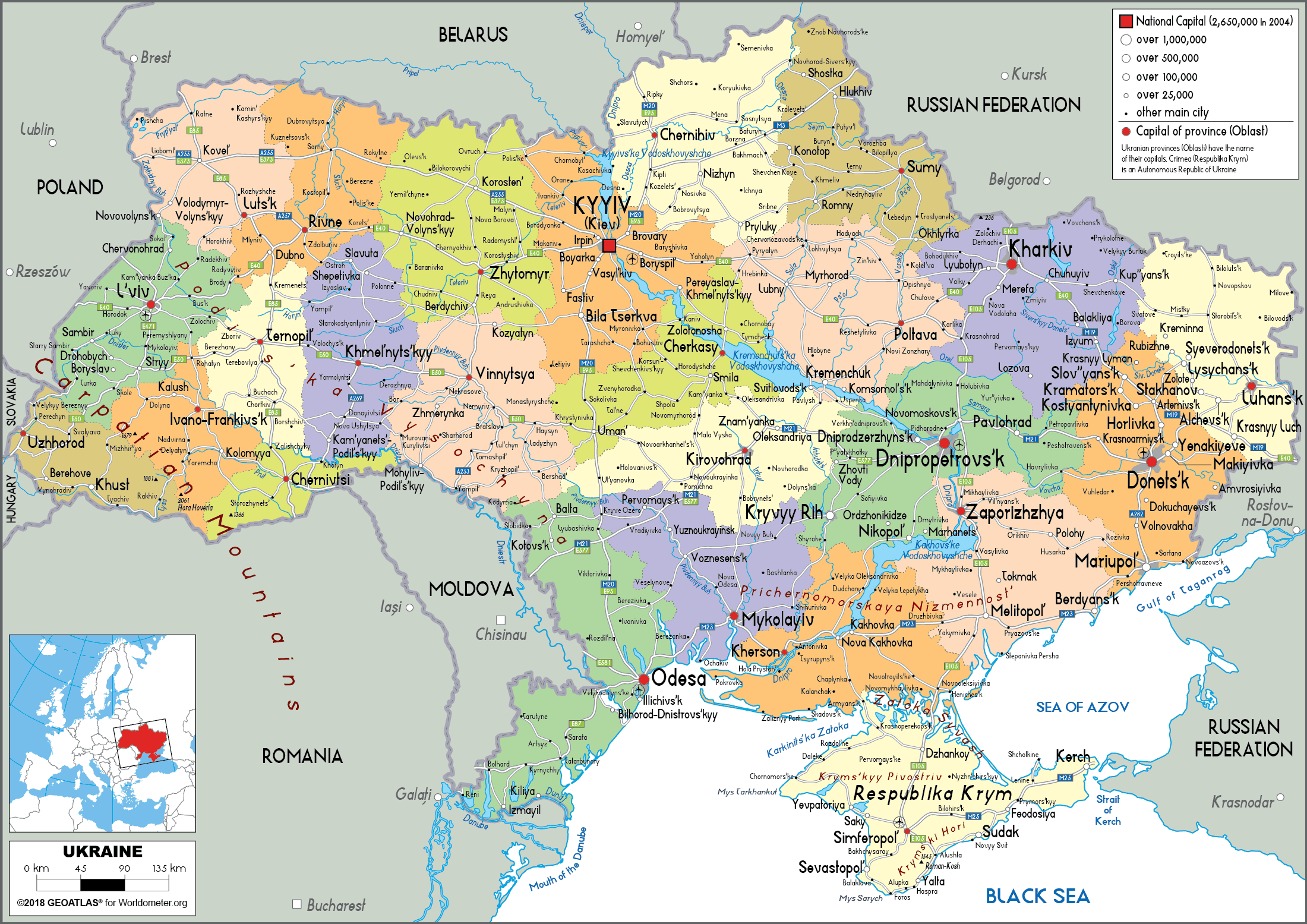
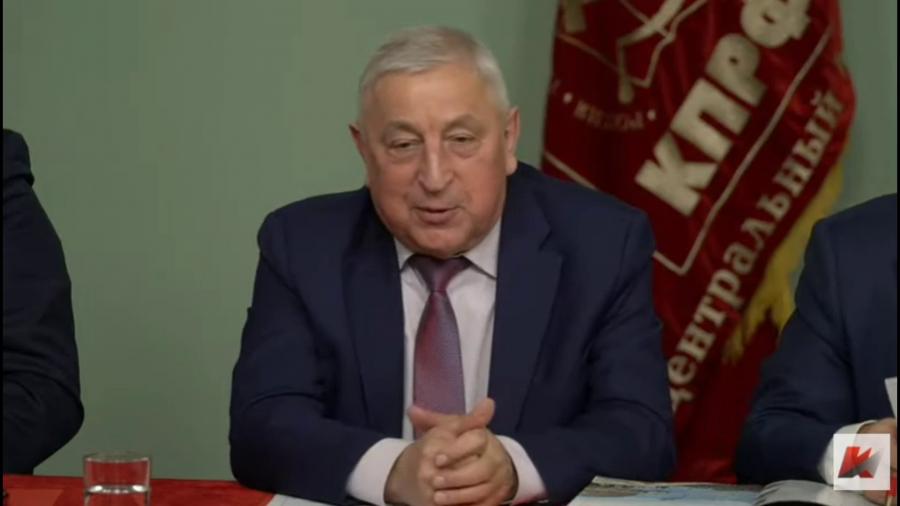
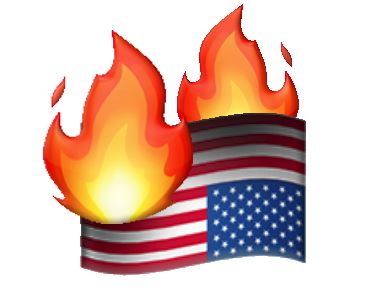




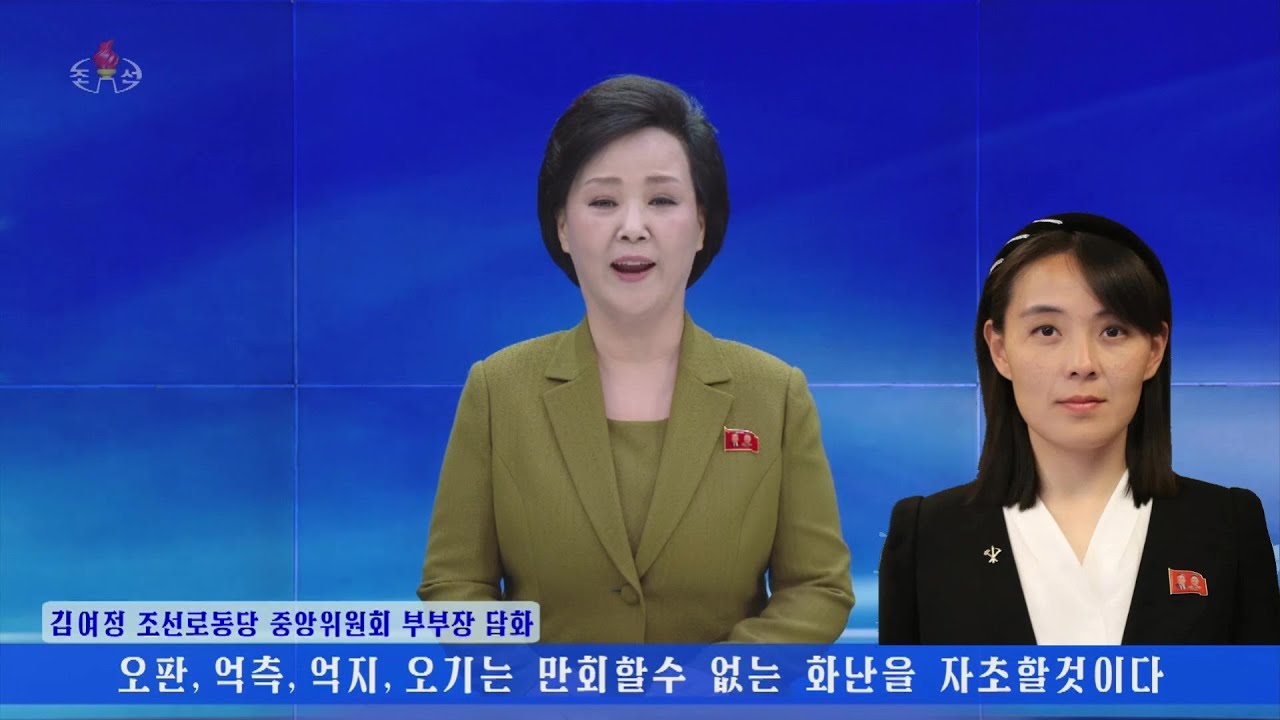



Thanks for the criticism.
However, the greenhouse effect is supposed to work by absorbing outgoing infrared, not sunlight which the experiment measured. The absorption of sunlight is not much compared to the absorption of outgoing infrared. Therefore I still believe the experiment is irrelevant to the greenhouse effect, while the part of my comment you quoted might be wrong.